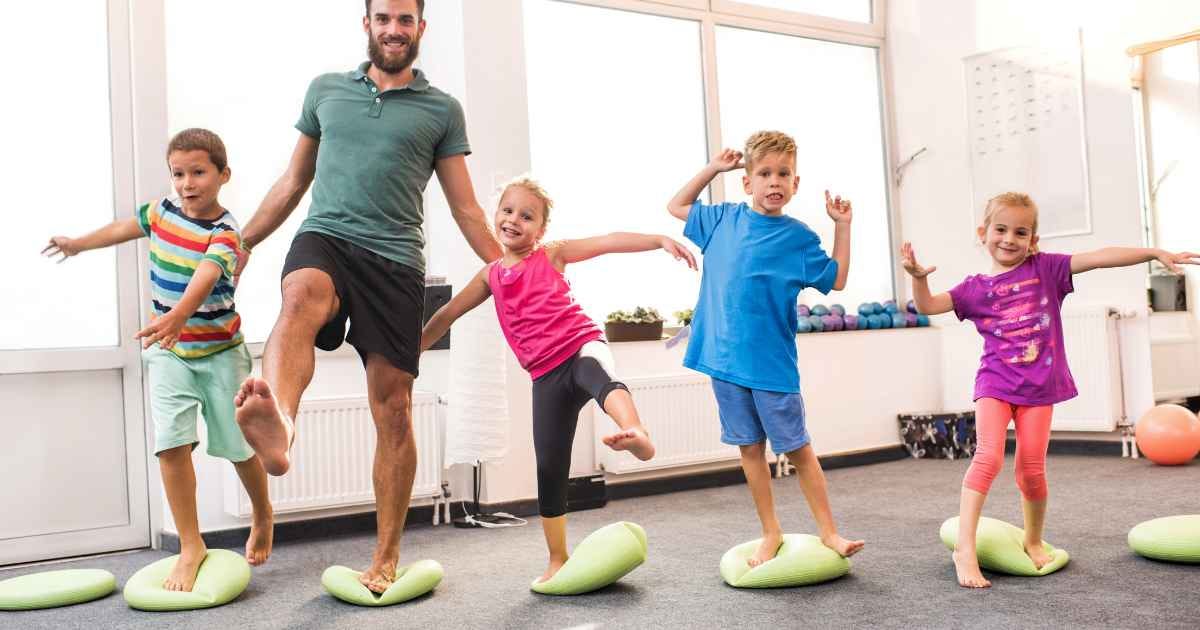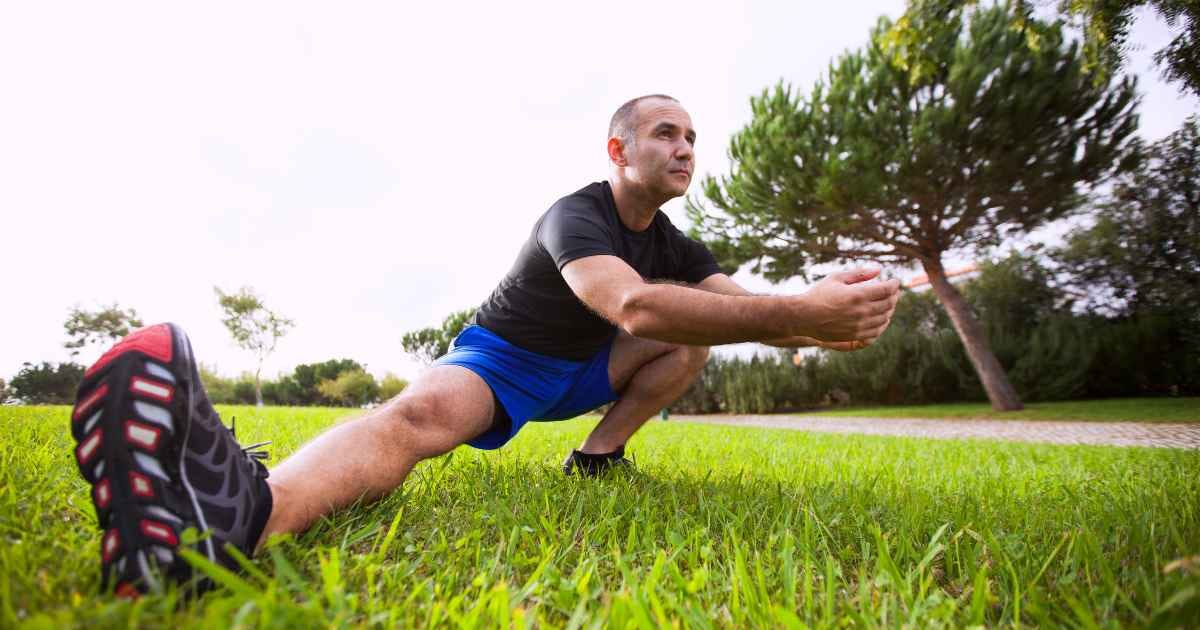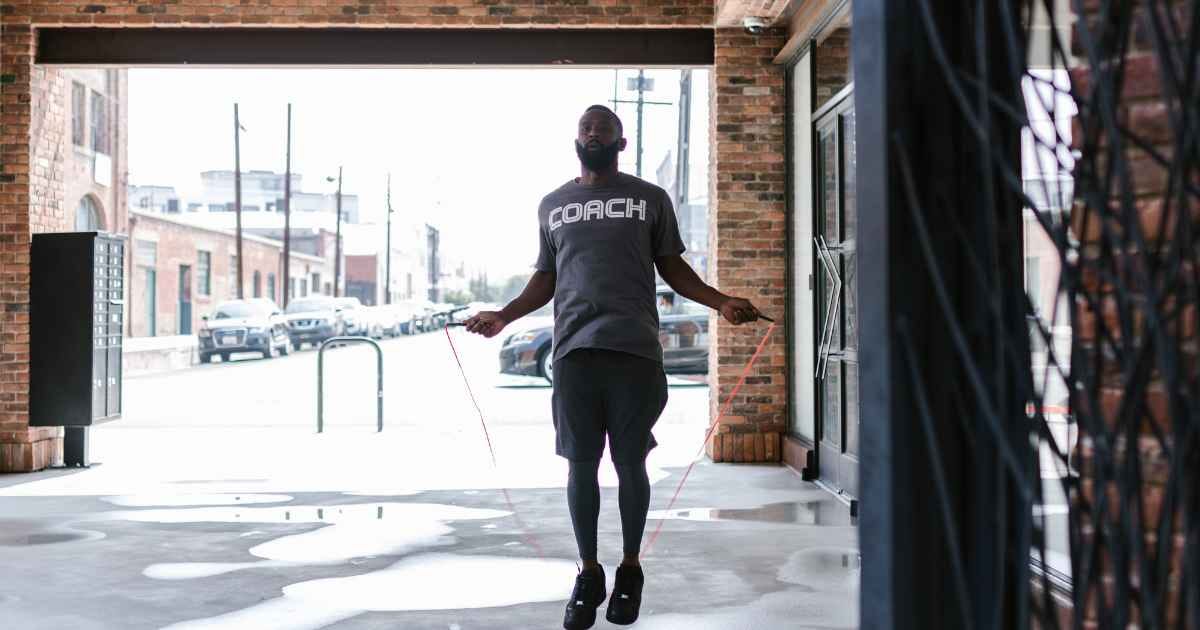7 Mistakes People Commonly Make in the Weight Room
Don’t Fall Victim to These Blunders!
In this article, I'm going to share the information I wish I had when I first started weight training.
I've made plenty of mistakes, often due to ignorance, to be honest.
However, I've learned and evolved, and as a result, might just be able to teach you a thing or two.
So, let's dive into the main talking points of the article.
Mistake #1 Not Training Your Feet
Just ask yourself this question:
How many training programs have you come across that focus on working your toes, feet, and ankles?
If my guess is correct, not many.
The truth is, your toes, feet, and ankles are actually the first areas you should prioritize.
Why?
Because the health of your toes, feet and ankles impacts everything going up the human body.
For example, imagine building a home in a less-than-ideal location, like sand or swampland.
You could spend thousands upon thousands on your home, but it wouldn’t matter because the house is unstable, it’s built on weak foundations.
Well the human body is very similar in that sense. If your feet—the foundations—are weak, it doesn’t matter how much muscle you have on top; your body is prone to injuries.
Honestly, I wish I had known this before I started weight training, as I believe many injuries could have been prevented if I had paid closer attention to my toes, feet, and ankles from the very beginning.
For example, knee pain can often be a side effect of having weak toes, feet and ankles.
Mistake #2 Wearing Improper Footwear
If you ask any seasoned lifter about the importance of footwear, they'll likely say:
Squatting and deadlifting in a pair of running shoes is one of the worst things you can do.
You see, running shoes are designed with one purpose in mind:
Running.
They prioritize flexibility and cushioning to absorb the impact, with every step.
Weightlifting, on the other hand, doesn't require these features. It requires stability and a firm base.
So you might be wondering:
If running shoes are out of the question, what should you wear?
In my opinion, cross trainers are the answer. So think along the lines of:
Nike Metcons
Under Armour Tribase Reigns
Reebok Nanos
Cross trainers are exactly what their name suggests—a jack-of-all-trades shoe designed to accommodate a range of activities.
Can you wear cross trainers for weightlifting?
Absolutely.
For jumping rope?
Absolutely.
For box jumps?
Again, absolutely.
Cross trainers are highly versatile in this sense and also time-saving, as you don’t need to change footwear for different exercises.
Mistake #3 Looking at Your Phone Too Much
Start seeing your mobile phone for what it is:
A productivity black hole that sits in your pocket. You know yourself—you can go on Instagram or TikTok and spend hours consuming mindless content that requires zero critical thinking.
The smartphone is truly the ultimate time-waster.
A good way to approach working out is to treat it like a job:
You clock in, you do the work, and you get out.
Nothing on Instagram, Facebook, or YouTube will help you lift more weights or be more explosive in the gym.
What I personally do is leave my phone at home, that way I can’t be contacted while I'm at the gym.
However, I know some people like listening to music when they work out. If you are that person, my advice here is simple.
Arrange a playlist before going to the gym. That way, you're not messing around looking for a song while working out.
I'd also advise that if you do bring your phone to the gym, put it on airplane mode so that way nobody can contact you.
In today's super-distracted world, focus is your superpower.
Mistake #4 Ignoring Mobility Work
So you might be wondering, 'What is mobility?'
Mobility refers to your ability to move your body freely without physical restrictions. It's something you CAN improve with practice, and prioritizing it from the start is in your best interest.
Just look at the man in the image above performing a Cossack squat. His left hamstring is touching his calf while still able to sit in this position comfortably, also notice how his right leg is fully extended.
This is a perfect example of someone who possesses excellent mobility.
And what you’ll often notice is that lifters, even seasoned gym rats, tend to neglect mobility work. I believe a major reason for this is that range of motion isn’t visible unless performed.
For example, imagine you’re on the beach and see a guy with his shirt off. You can see his chest, biceps, and abs, but you can’t see his range of motion.
MOBILITY WORK = LONGEVITY
Mistake #5 Skipping Warm Up’s
Many times, I see people in the gym just walk in, load up a bar, and start banging out reps and this is a huge mistake.
Just Imagine:
Going outside, in the freezing cold, getting in your car, and before the engine has even warmed up, you start red-lining it.
You know yourself, that’s not a good idea. It’s better to wait a bit until the engine has warmed up.
Think of your body the same way.
Here’s what you need to know about warm-ups:
They should take roughly 8 to 10 minutes—no longer than that.
There are 3 stages to a warm-up.
The first stage, the goal is to raise the body's core temperature.
Personally, I like to push and pull a prowler/sled for a couple of minutes, as this gets blood circulating around the body.
Another good option is to jump rope in place for a couple of minutes.
The second stage of the warm-up involves mobility drills.
The goal is to basically, just wake everything up and prepare your joints and muscles for the workout ahead.
Finally, the third stage consists of is just a few light reps of the first exercise you’re going to do.
That is your warm-up is finished.
Don’t be the guy who goes into the gym, does a few arm swings, and thinks they’re ready to train.
Take your warm up’s seriously, because they’re it’s going to help maximize performance and even prevent injuries.
Mistake #6 Not Using a Training Log
If you're looking to take your workouts to the next level, keeping a record of your workouts and progress is absolutely essential.
Basically what it does, is provide you with a bird's-eye view of how your training is progressing.
Seeing your efforts written down on paper brings clarity.
You'll notice your progress, track improvements, and identify areas needing work.
As you can imagine, this information is vital for building a stronger, more functional body.
With training logs, the K.I.S.S. principle applies:
Just keep it simple.
The first thing you need to record is the date.
The second is the exercise performed.
The third is the number of reps.
The fourth is the number of sets completed.
The fifth is any additional information. For example, you could write, "Squats felt really tough today; I didn’t sleep well last night."
For logging, do it immediately after finishing your exercise so everything is still fresh in your mind.
Additionally, set aside one day a week—say, every Sunday at 6:00 PM—to review your training log and set new goals for the upcoming week.
For instance, a goal could be to add one more rep to your bench press.
Mistake #7 Performing Too Many Isolation Exercises
In the world of resistance training, exercises can be divided into two categories.
The first category is isolation exercises. As the name suggests, isolation exercises target a single muscle group. So think bicep curls, leg extensions, calf raises, and similar movements.
The second category is compound exercises. A compound exercise involves multiple muscle groups working together.
For example, during a pull-up, you engage your lats, biceps, traps, core, and posterior delts, with several muscle groups all working together to perform the movement.
For the average guy who just wants to get fit and look better naked, roughly 80% of your exercise selection should consist of compound exercises, with the remaining 20% being isolation exercises.








